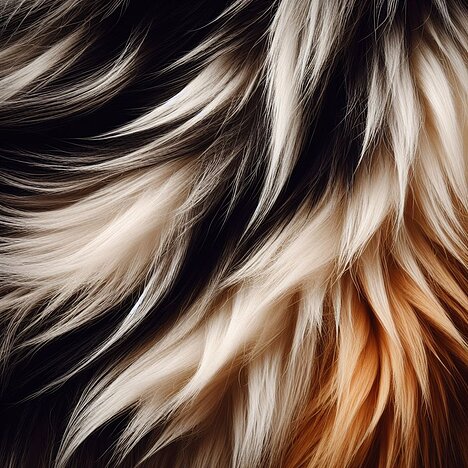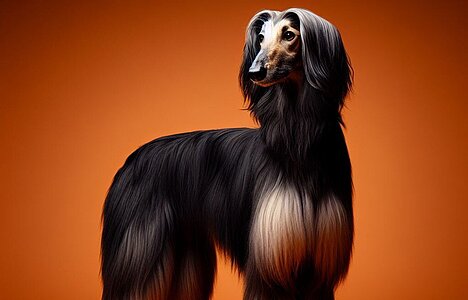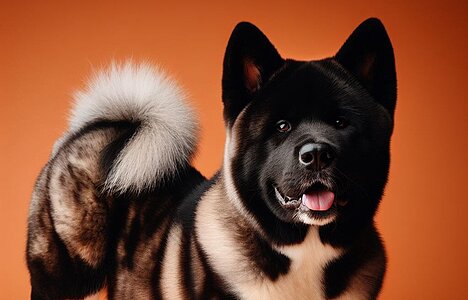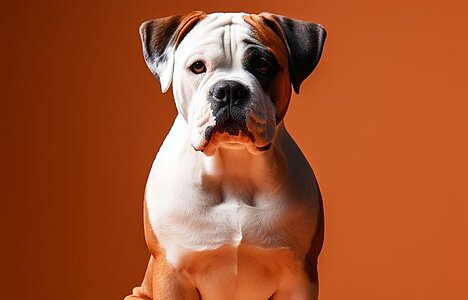The coat pattern "Tricolor"

Why are some dogs tricolored?
You've probably wondered why some dogs have a coat pattern that consists of three different colors. This phenomenon is called tricolor and can be found in many dog breeds. But how does this pattern come about and what does it mean for the health and behavior of dogs? In this article, you will learn everything you need to know about tricolor dogs.
How does the tri-color pattern develop?
A dog's coat color is determined by several genes that interact with each other. One of these genes is the agouti gene, which is responsible for the distribution of pigments in the hair. The agouti gene has several variants that can produce different patterns. One of these variants is the tricolor variant, which causes the hair to be black at the tip, brown in the middle and white at the base. This variant is dominant, meaning that a dog only needs to inherit one copy of it to be tricolored.
However, the tricolor variant is not present in all dog breeds. It is mainly found in breeds descended from the Collie, such as the Sheltie, the Border Collie or the Bearded Collie. Other breeds such as the Bernese Mountain Dog, the Basset Hound or the Cavalier King Charles Spaniel can also be found in tri-colored specimens.
Does the tricolor have an influence on health or behavior?
The tricolor in itself has no influence on the health or behavior of a dog. It is merely a visual characteristic that is determined by a single gene. However, some breeds that are often tricolored can be more susceptible to certain diseases that have nothing to do with coat color. For example, Collies can suffer from the so-called MDR1 defect, which increases their sensitivity to certain medications. Bernese Mountain Dogs also have an increased risk of cancer and joint problems. However, these diseases are not due to the tricolor, but to other genetic factors or breeding conditions.
The behavior of a dog also does not depend on its coat color, but on its breed, upbringing and personality. There is no scientific evidence that tri-colored dogs are any different than solid-colored or bi-colored dogs. Every dog is an individual with its own strengths and weaknesses.







